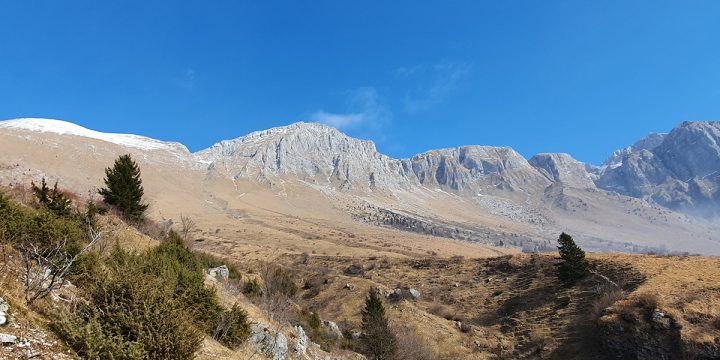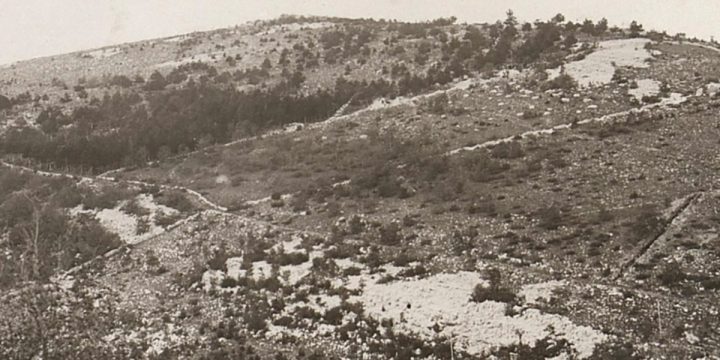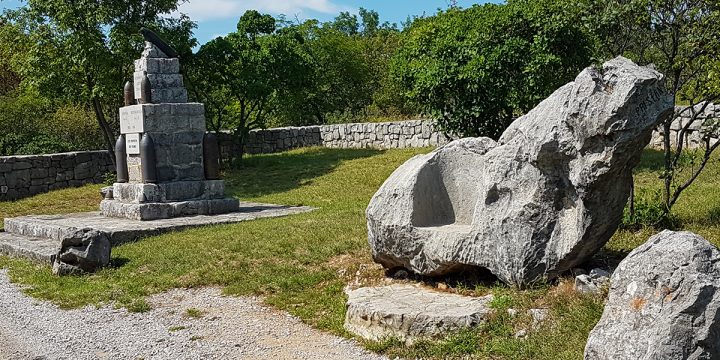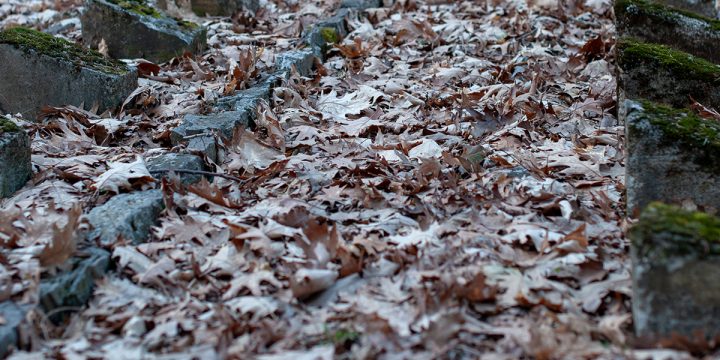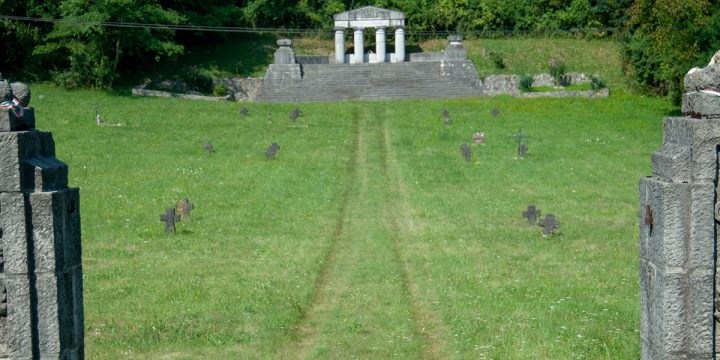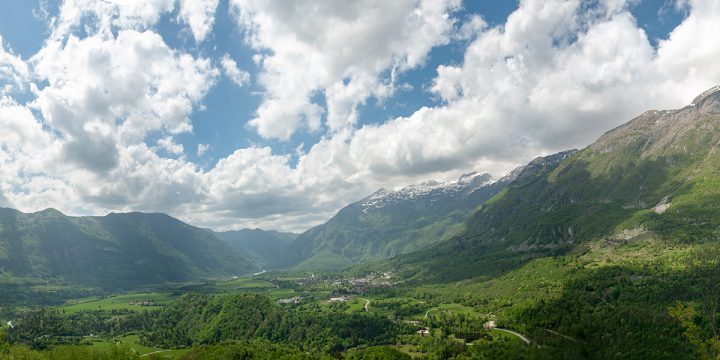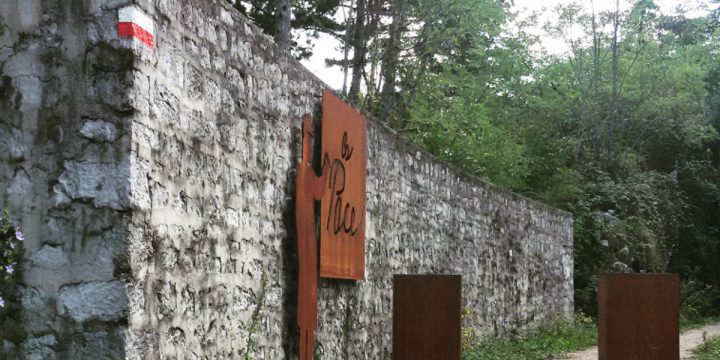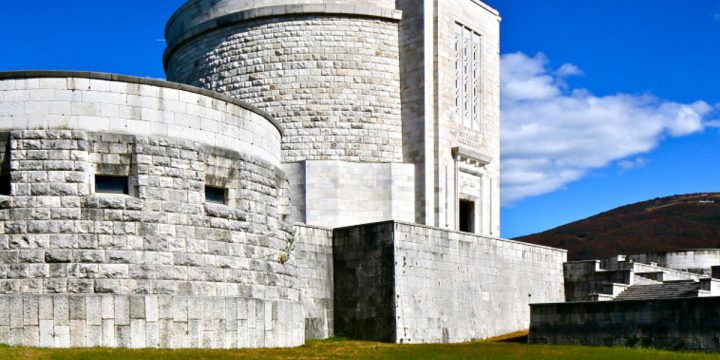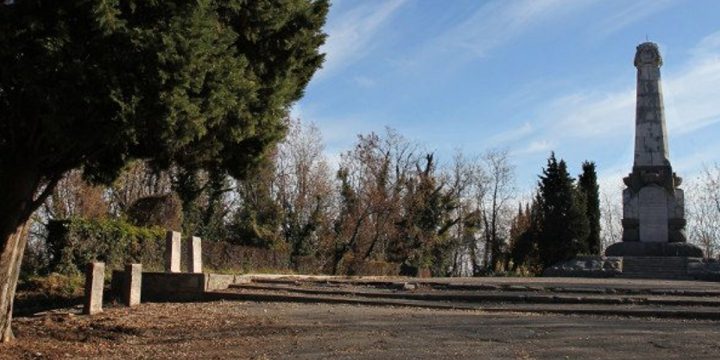
Austro-Hungarian military cemetery WW1, Grgar
Austro-Hungarian military cemetery WW1, Grgar Grgar is a town on the edge of the Bainsizza (Banjšice in Slovene) plateau. The Bainsizza (Banjšice in Slovene) is a misnamed plateau to the north of the strategic city of Gorizia on the Italian Front of 1917. The city had been captured during the the Sixth Battle of the Isonzo in 1916 in hopes that it would provide a launch pad for the Italian Army to the highly prized port city of Trieste. However, Austro-Hungarian forces retained control of several key mountains north of the city most of the rugged Carso Plateau to the south. During the previous ten battles along the Isonzo, the Bainsizza was considered impassable by both sides, and it remained lightly defended during the summer of 1917. The Italian Army…

